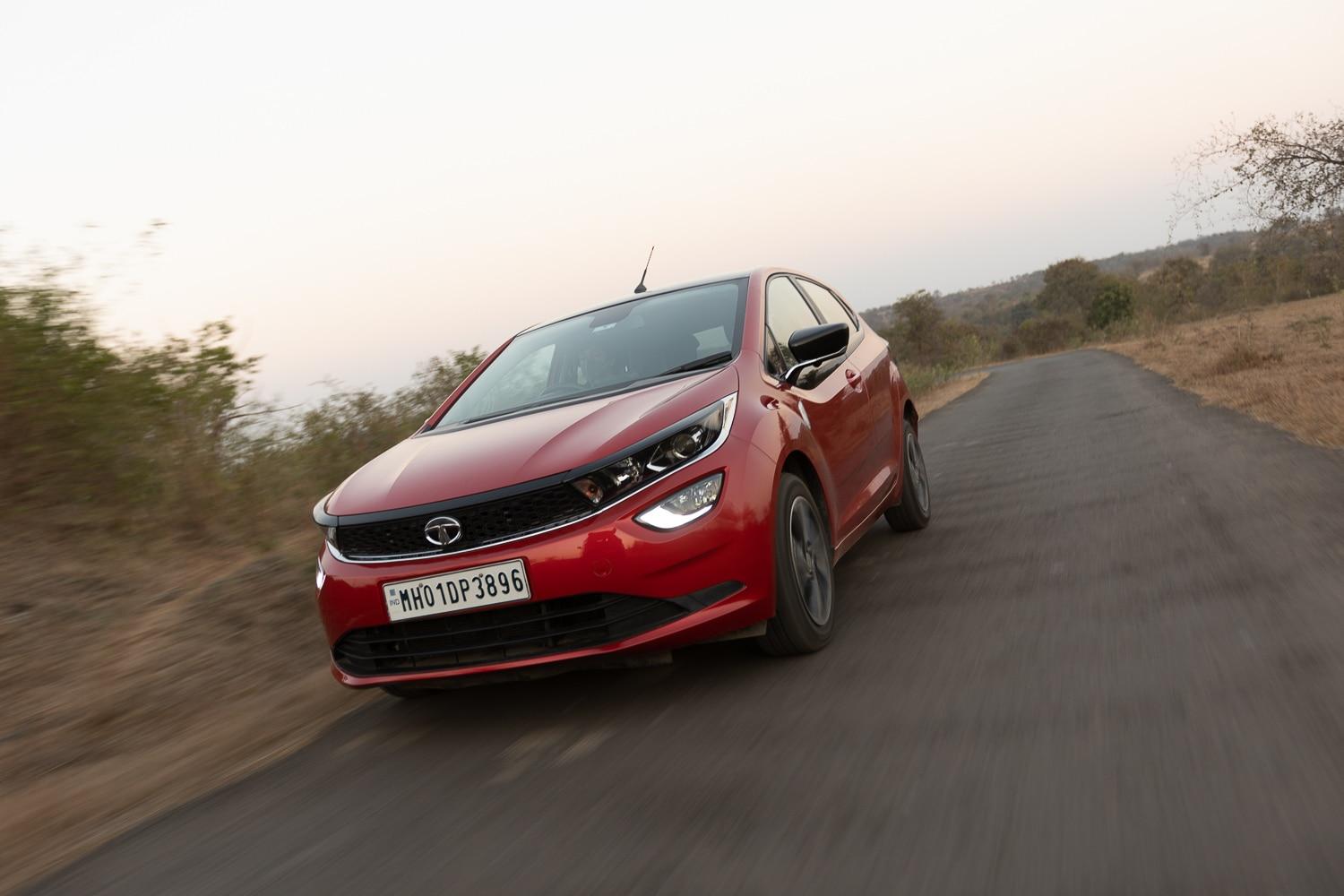How Manmohan Singh Made Cars Accessible to Every Indian
Modified On Dec 27, 2024 05:55 PM By Ajit
- Write a comment
The former Prime Minister's economic reforms didn’t just save India’s economy - they redefined middle-class aspirations and made car ownership a reality for millions

As India mourns the loss of one of its most legendary prime ministers, Dr. Manmohan Singh, not many, especially from today’s younger generation, may be aware of the profound impact his economic reforms had - reforms that turned cars from a luxury into a symbol of aspiration and progress for millions of Indians. Today, if we see so many modern cars on Indian roads, it’s all thanks to the vision and quiet revolution of this extraordinary statesman. But what exactly did he do and how did his vision reshape a nation’s journey on wheels?
Setting the Stage for Economic Reforms

The year was 1991. India was standing on the edge of an economic crisis with the country’s foreign reserves depleting to such an extent that we had barely enough to fund a few weeks of imports. In those difficult times, Dr. Singh, the then Finance Minister in Prime Minister Narsimha Rao’s government, rose to the occasion, to deliver a Union Budget that would go down in history as India’s bold step toward liberalisation. His reforms ignited a revolution in the Indian automotive industry.
Changing the Automotive Landscape
Before 1991, buying a car in India was a luxury reserved mostly to the rich. Choices were few, too, with only a handful of models like the Hindustan Ambassador and Premier Padmini, which too were rather outdated and expensive. Besides, long waiting periods for the Maruti 800 didn’t help matters either, testing the patience of even the most enthusiastic car buyers. And then came Singh’s economic reforms.
“No power on earth can stop an idea whose time has come,” Singh had famously declared in Parliament, unveiling a plan to open India’s economy to foreign investors. For the auto industry, it was a defining moment. By slashing import tariffs, reducing excise duties, and welcoming 100 per cent foreign direct investment (FDI), Singh opened India’s doors for the entry of global giants like Hyundai, Honda, and Ford. Within a decade, the streets of Indian cities began buzzing with cars the Hyundai Santro, Honda City and Daewoo Matiz, which in a way, forced Indian carmakers to push the envelope with cars like the Tata Indica and Mahindra Scorpio. In fact, the Santro, ended up becoming a household name, selling over 1 lakh units in just two years after its launch in 1998 - a feat unimaginable before Singh’s reforms. By 2005, India was producing over 12 lakh cars annually, compared to just 3 lakh in the late 1980s.
Under Singh’s tenure, the Indian auto industry grew at a compound annual growth rate (CAGR) of 10.5% between 2002 and 2012. Exports, too, saw a big jump, with India becoming a hub for small car production. By 2010, India was exporting about 4.50 lakh cars annually, to seal its position as a global automotive player.
Turning Middle-Class Aspirations Into Reality

Singh’s policies didn’t just benefit manufacturers; they transformed the lives of millions of Indians. For the middle class, owning a car was no longer a distant dream. By 2010, India had become the seventh-largest car market in the world, up from 15th position in 2000. Car sales had surged to around 19 lakh units while two wheeler sales crossed 1 crore units for the first time. Families who once travelled on scooters with three or even four people precariously perched, now owned cars like the Maruti Alto, Swift and Hyundai i20 while those with higher purchasing power also got to buy luxury cars from Mercedes, BMW and Rolls-Royce.
Misses Along The Way
But not all of Singh’s policies hit the mark. Take the diesel subsidy, for example. Designed to make fuel affordable for farmers and transporters, it ended up making diesel cars a popular choice among urban consumers owing to their lower running costs. However, this came at a price and his government was accused of causing an increase in air pollution in cities like Delhi. Although he did try to address this issue by hiking diesel prices later on during his tenure, that move too was met with criticism.
Building Roads for the Future

Infrastructure development, however, was another focus area for Singh and he had once said during a cabinet meeting that "Highways are the arteries of the economy." His government carried on the work initiated by the previous Vajpayee government with respect to the Golden Quadrilateral and other modern highway projects. By 2014, India’s highway network had grown significantly, boosting connectivity and making road trips a feasible, even enjoyable experience for the average Indian family.
A Legacy That Drives On

Despite his towering achievements, Dr. Singh was a remarkably humble person - even as Prime Minister, his personal car was a modest Maruti 800. His official car, an armoured BMW 7 Series, too, which reportedly was the same car used by former PM Vajpayee.
In October following industrialist Ratan Tata’s demise, Dr. Singh reflected on their close professional relationship saying, “He had the courage to speak the truth to men in power.”
October 10, 2024
As the Indian automotive industry drives toward an electric and, possibly an autonomous future, it does so on the roads paved by Dr. Manmohan Singh’s reforms. In remembering him, we celebrate a legacy of resilience, reform, and quiet revolution. Rest in peace, Dr. Singh. Thank you for igniting the engine of progress and leaving it running.
3 out of 3 found this helpful










